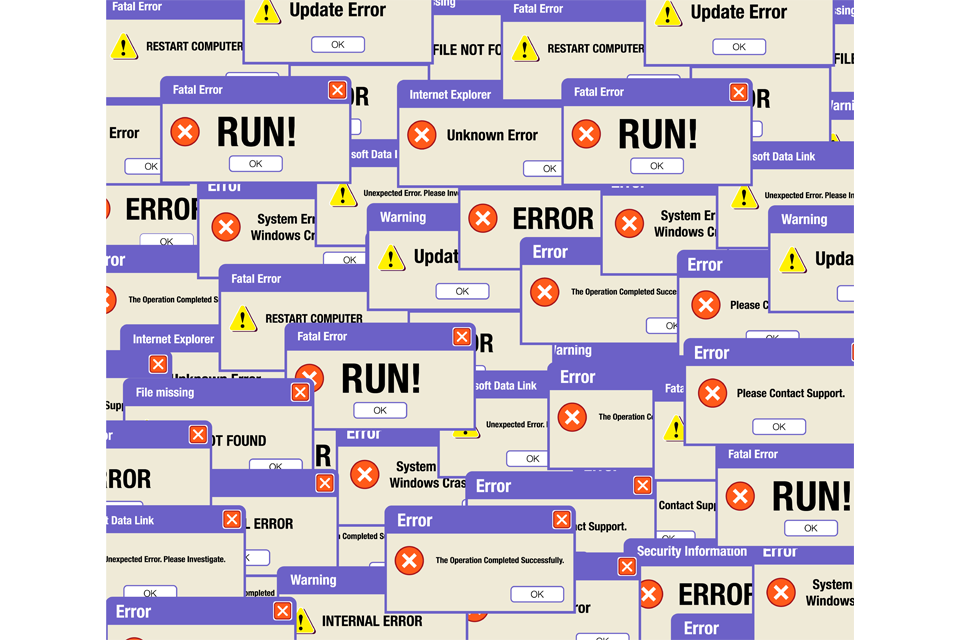Is your system slowing down due to less free RAM? You can effectively increase the amount of RAM without purchasing another RAM stick! Yes, there is a term called ‘Virtual RAM’ which effectively increases the amount of RAM on your computer. In this article, we are going to elaborate on the process of how to create and limit the amount of RAM on your computer. Follow this step-by-step guide and in the end, enjoy the expanded RAM and a lag-free computer.
How to increase RAM in Windows 10
Follow these easy steps-
STEP 1 – Know your installed RAM
1. Press the Windows key+I keys together.
2. Then, click on the “System“.
Nov 14, 2020 You can help your computer to run more smoothly and effectively by using it to clean up the system files and RAM. The excellent booting program of this software cleans up the unwanted processes and memory for better functioning. It works perfectly not just on Windows 10 but also on Windows 7 and 8 too. Here in this post, we will talk about How to clear memory cache on Windows computers. 5 Ways to Clear Memory Cache on Windows 10/8/7/Vista/XP It is necessary to clear cache the memory to fully utilize your CPU power. Cache memory causes lots of problems by occupying a huge amount of computer RAM (Random Access Memory). In this this brief tutorial, I show two methods on how to resolve high memory usage in Windows 10.Windows 10 update problems have affected many users.
How to Clean Up Windows 10 With the Fresh Start Tool. Microsoft's Fresh Start feature can rid your Windows 10 PC of junkware and return it to a clean, pristine state. Jul 25, 2019 Part 1: RAM Memory Cleaner and Optimizer: Fix High Memory Usage in Windows 10 Your computer will suffer low memory when you run more programs than the RAM on the computer can support. Tenorshare Windows Care Genius, a free memory optimization tool, allows you to monitor the memory usage on your Windows 10, and quickly close programs that are.
3. After that, click on the “About” on the left-hand side.

4. Check out the amount of “Installed RAM” on your computer.
STEP 2 – Increase the virtual RAM
1. Press Windows key+R to open the Run window on your computer.
2. In the Run window, type “sysdm.cpl” and then hit Enter to open System Properties.
3. In the System Properties window, go to the Advanced” tab.
4. Under the Performance‘ tab, click on “Settings“.
5. In the Performance Options window, go to the “Advanced” tab.
6. Now, click on the radio button beside the option “Programs“.
7. Now, under the ‘Virtual memory‘ section, click on “Change” to change paged file size change.
8. In the Virtual Memory window, uncheck the option “Automatically manage paging file size for all drives” so you can take control.
Now, you have to decide the storage option (Windows drive/ SSD drive) to utilize as paged file resources.
11. Follow the next steps to configure the page settings more efficiently-
12. Select “C:” drive.
13. Then, click on “Custom size“.
14. Then, set the ‘Initial size’ and the ‘Maximum size’ accordingly.
NOTE–
There is a rough formula to calculate both values for any device.
Initial Size (MB) = 1.5*1024* (Insatlled RAM)
Maximum Size =3*1024* (Installed RAM)
Example- In this computer, the Installed RAM is = 8 GB.
So. the Inital size = 1.5*1024*8 = 12288
Maximum size will be = 3*1024*8= 24576
Do the calculations according to the available memory on your device.
16. To finalize the limit, click on “Set“.
17. If a warning message pops up on your screen, click on “Yes.
18. Then, click on “OK“.
19. In the Performance Options window, click on “Apply” and then click on “OK” to save the changes.
20. Finally, click on “Apply” and then on “OK” in the Properties window.
Now you have successfully increased the virtual RAM of your system.
Sambit is a Mechanical Engineer By qualification who loves to write about Windows 10 and solutions to weirdest possible problems.
Clean Ram Memory Windows 10
Related Posts:
Windows 10 Ram Cleaner
